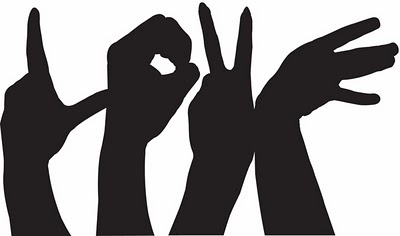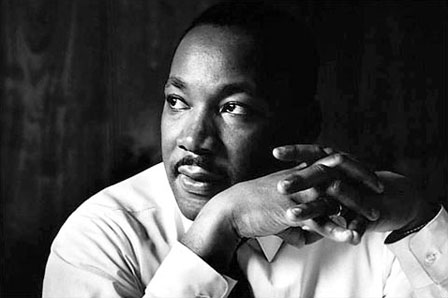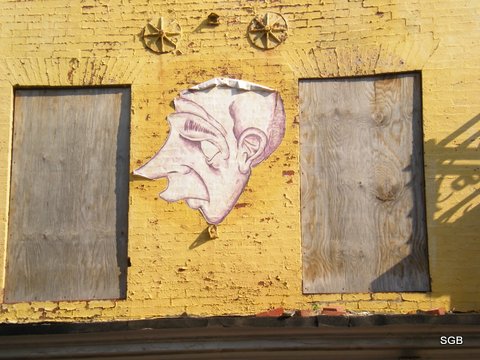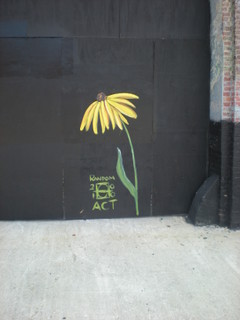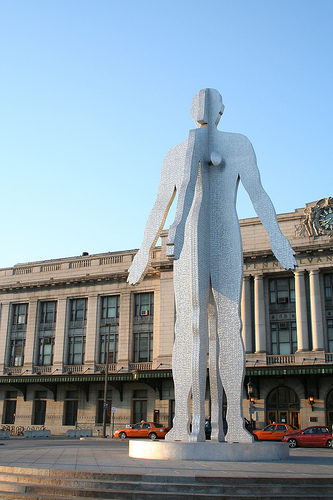
We often think of collisions as destructive…the intent, head-down student colliding with another, papers flying everywhere; two cars running into one another at an intersection. We are also emotionally sensitive to the destructive nature of collisions. The person who judges our physical form. The person who critiques our idea. The person who confronts our interpretation of the world. We know that collisions alter the world.
If we look deeper into nature we find that collisions are among the most creative activities on earth. At the subatomic level, it is the action of two bodies/energies colliding that changes everything. We move from a menu of a proton, neutron, and electron to 118 different elements and an innumerable amount of molecules. Similar things could be said about biodiversity. As a result of DNA being torn apart and recombined endless combinations of individual species are created. Collisions create. Collisions are places where opportunity is found.
Powerful creative change also occurs when we consider the result of the human mind colliding with new perspective. It is the point where our understanding is expanding beyond its current state. Yes it certainly happens knowingly and willingly in an academic setting. However it can happen at any point where our mind welcomes a new perspective. It can happen if we explore the judgement that others have for us. It can happen if we consider the critique of the idea we have been forming for months. It can happen if we indulge in the new world view that shatters our upbringing. Creativity is often rooted in the point our perspective collides with a differing view. Collisions change us. Collisions change the world!
Art is a powerful intersection for mental collisions! It is that captivating song lyric that elucidates a human relationship using an unexpected analogy. It is the novel that delves deep into the current human condition but is set eons in the future. It is the shiny contemporary metal sculpture set in front of a railroad station that makes us ask why. Art is an extremely powerful platform because it allows for safe and meaningful collisions of human minds.
Along with art, events can serve as intersections for creative accidents. Three years ago four gentlemen decided to heighten the collisions among Baltimore’s creative thinkers. Specifically they were interested in mixing artists, technologists, social change makers and entrepreneurs, or what has been deemed the creative class. The four men operated in these distinctive silos and valued their own relationships. They realized that others might value similar relationships. Thus CreateBaltimore was born.
On a weekend in mid-February 2013, the third annual fest of collisions among Baltimore’s creative minds took place at the Johns Hopkins University. Over the course of eight hours some of the cities most creative minds explored 18 topics to enhance the city. There were no physical products produced. There were no new services delivered. However, foundations for meaningful relationships were laid, inspiration was found for new projects, and ideas came into contact with reality in front of a disparate but welcoming audience. The collisions of CreateBaltimore are a birthing ground for change in Baltimore!
This year’s organizers are working to share the wealth of creative carnage that resulted from the collision of minds. The event’s twitter feed is littered with ideas, and the website will be updated over the next weeks with spin-off events and projects.
When minds collide with new ideas in art or at events, creativity abounds and changing the world becomes a possibility.

